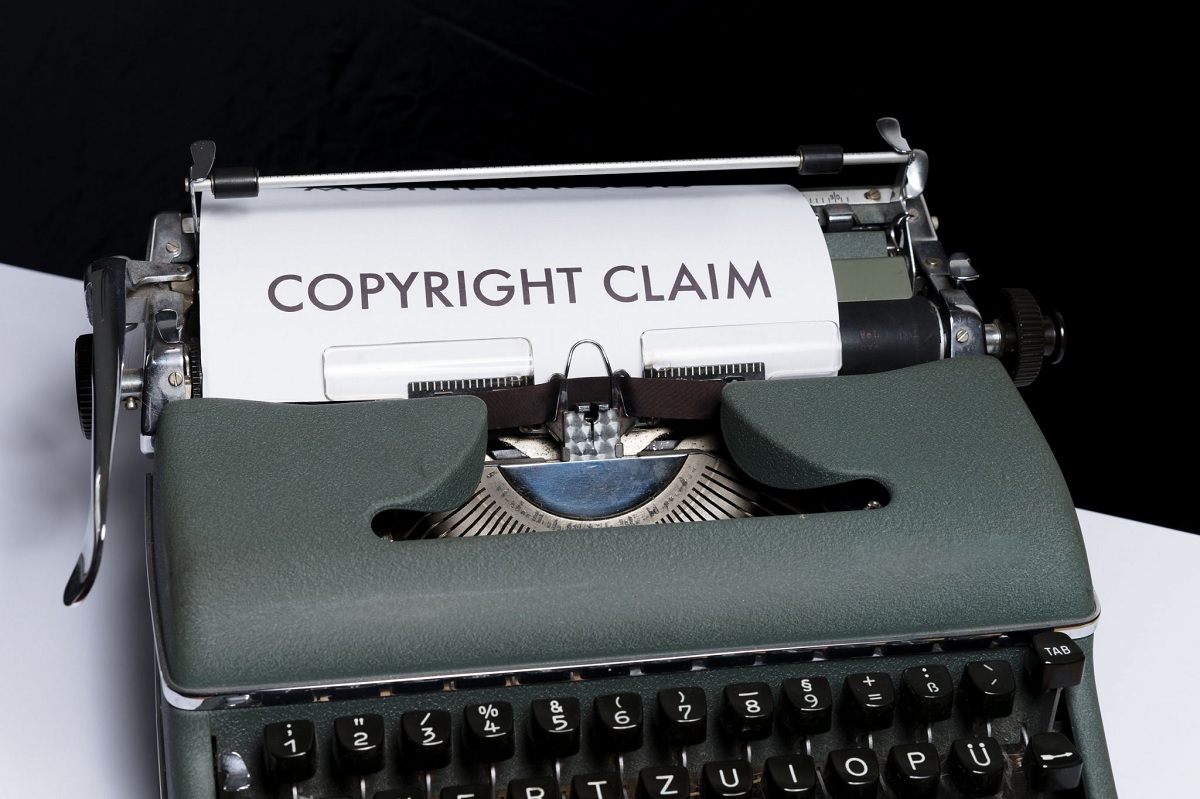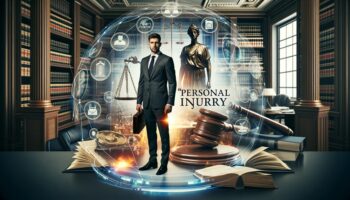With a plethora of information and images floating around on the internet, it can be hard to determine what content is free to use and what content you need permission from the creator to use. Obtaining this permission is important because without it, taking an individual’s work without their consent is considered copyright infringement. There are many misconceptions when it comes to copyright infringement and what qualifies as protected content.
What exactly is copyright infringement? Copyright infringement is when an individual or a company uses an image or writing for profit without the permission of that work’s owner. Committing copyright infringement can potentially lead to the owner taking legal action against you or your company.
Because there are many misconceptions about copyrighting, we are here to help you identify the most common ones. We will aid in teaching you the laws and rights you have as a content creator and how to avoid copyright infringement. In doing so, we can help you or your company avoid potential infringement.
1. If there is no copyright notice, I can claim the work as my own.
A piece of work is not required to have a symbol or statement expressing copyright status to be protected from copyright infringement. While including one does help with identifying the work is owned, it is not mandatory.
A copyright notice ensures that an image, text, or design, is owned by a person or company. A notice is usually visible when a copyright symbol appears somewhere on the page.
However, even if there is no clear statement or notice, it does not mean the work is available to use as your own. This statement is also true for personal work. Even if you do not include a copyright notice, your writing or photo is still protected against theft.
2. It is difficult to officially copyright my work.
Copyrighting your work is a simple task that provides added protection to your content. Including the word “copyright” or an icon is an easy way to make other people aware the work is owned by someone else. This added layer of protection provides:
- The right to have written permission to use your copyrighted material
- The right to have your work protected from adaptation
- The right to display art
- The right to sell your work
Although it is not necessary to copyright your work to protect it, it is still a good idea to take this precaution. If your work is used without your permission, it is easier to file a complaint. By registering your work with the Copyright Office, it creates a public record. Having a public record of your work will give you a greater chance of seeking any damages you may be owed.
3. I do not know what can or should be copyrighted, so I should not bother to copyright it.
The moment something is created and concrete, it is automatically copyrighted. This pertains to work that does not have a copyright notice as well.
There are many channels of work that are eligible for copyright. The most crucial part of creating copyrightable content is making sure the work is original.
Some of the most common copyrighted works are:
- Music
- Literary works
- Logos
- Movies
- Scripts
- Photographs
It is important to note that you cannot copyright ideas, procedures, or discoveries. For something to be eligible to be copyrighted, it must be a form of distinctive and tangible work.
4. Since the work is on the internet, I am allowed to use it as my own.
You see people sharing different posts on the internet all the time, whether these are inspirational quotes they like or articles on the latest trends. Many of these professional photos or articles may even encourage you to hit the share button. This concept can sometimes blur the understanding of what is appropriate to use as your own and what still requires permission from the owner.
It is perfectly acceptable to share that article or scenic photograph on your account. It is not acceptable to use that work how you see fit. You may not use these images for your business logo or the text for your advertisements. This work still belongs to the creator and requires approval from the owner.
5. Using the same title or name as an established piece of work is copyright infringement.
Not exactly. Many pieces of work share similar or exact names/titles and do not fall into the category of copyright infringement. Infringement only takes effect if the body of work is not original.
For a title or brand to have rights to its name and have a case against its competitor, it must be able to prove that its company has the following:
- An established customer base
- The competitor is profiting off using your name
- The competitor suggests they are affiliated with your brand
- The competitor is harming your business (e.g., lost sales).
This law is designed primarily to protect brands and businesses from their competitors. If a company uses your name and similar services as an association with your brand, this is considered “passing off” and is a form of copyright infringement.
6. Changing the work of someone else allows me to claim it as my own.
Just by rewriting or altering a piece of work does not make it okay to claim it as your own. Rephrasing the work does not change the content enough to be considered new and original. Properly citing the source or creator is not a substitute for receiving permission from the owner.
7. I am allowed to use 10% of a piece of work without having to attain permission.
Even if you are only using a fraction of the work, it is still considered copyright infringement without obtaining permission from the owner. Even if you are not making money by using their content, it is still considered copyright infringement. It is about the substance and importance of the work, not how much of the work you source.
8. Proving copyright infringement is difficult and requires a lot of hard evidence.
Proving copyright infringement is simpler than one may think. This is especially true if you have included a copyright notice on your content. You do not need any hard evidence to prove someone has infringed your work. All that is required is that the claims are well grounded and justifiable.
If a court lawyer can prove the requirements of infringement took place, some damage that can be recovered are:
- Lost revenue
- Additional profits
- Statutory damages
If you are unsure whether you have a copyright infringement case, you should contact a copyright lawyer in Toronto. They can help examine the evidence and determine the damages. It should be noted that if you feel you have a claim, you have three years to take action.
There are many misconceptions about copyrights and the content they protect. Copyrighting gives the owner of their work exclusive rights that deter individuals from claiming their work as their own. It is important to remember that if you believe your work has been used without your permission, you can and should seek retribution.
In conclusion, it is crucial to always obtain permission to use other individuals’ work. Without doing so, you will be putting yourself and your business at risk for potential lawsuits.






